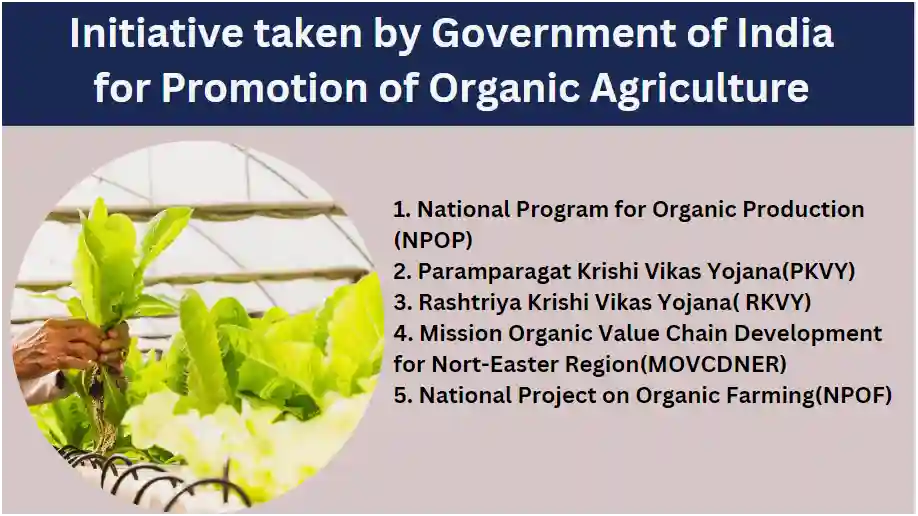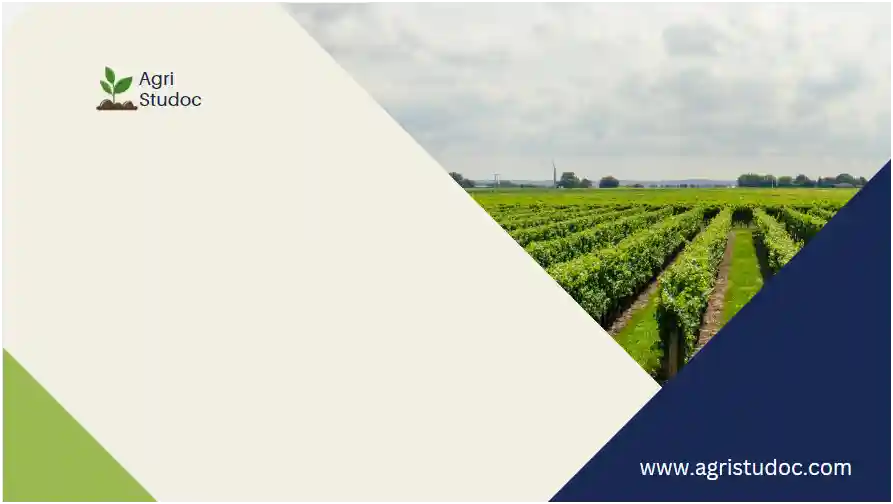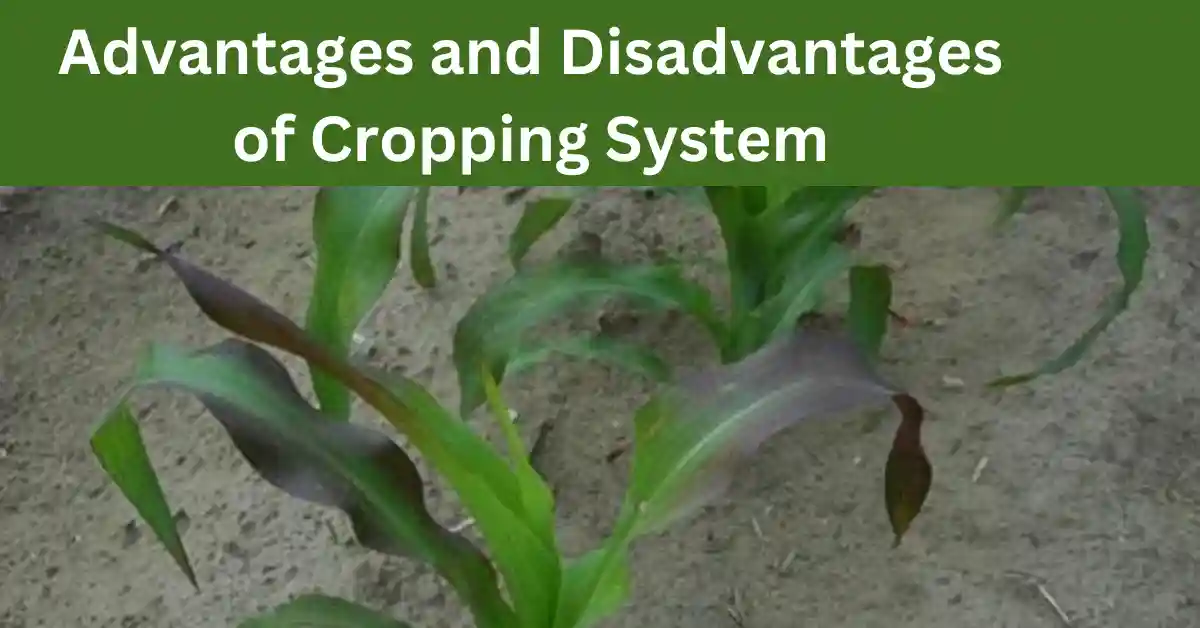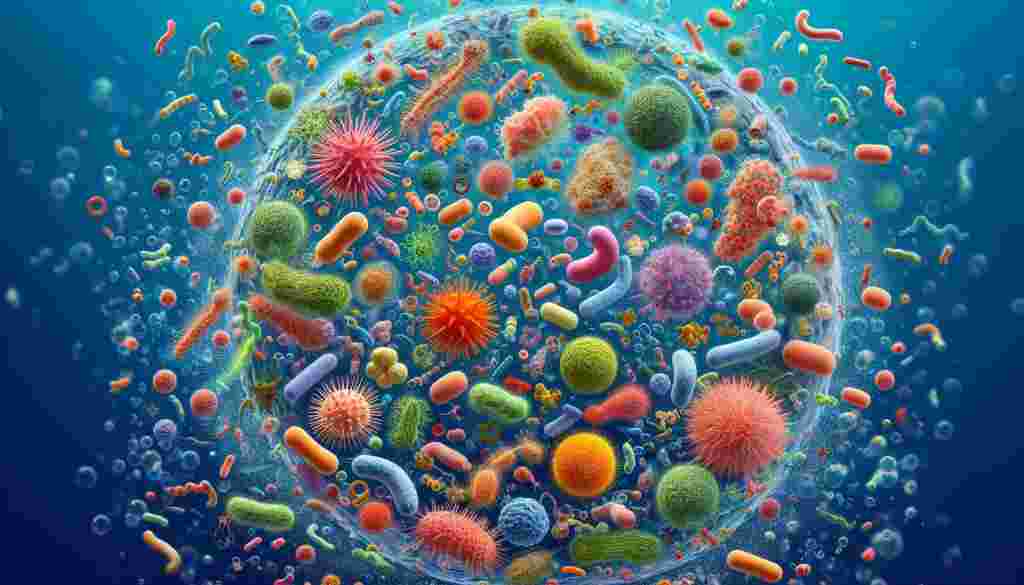Initiative taken by Government of India for Promotion of Organic Agriculture
In recent years, organic agriculture has gained significant attention due to its sustainable and eco-friendly practices. In India, the government, NGOs, and other organizations have taken various initiatives to encourage … Read more





